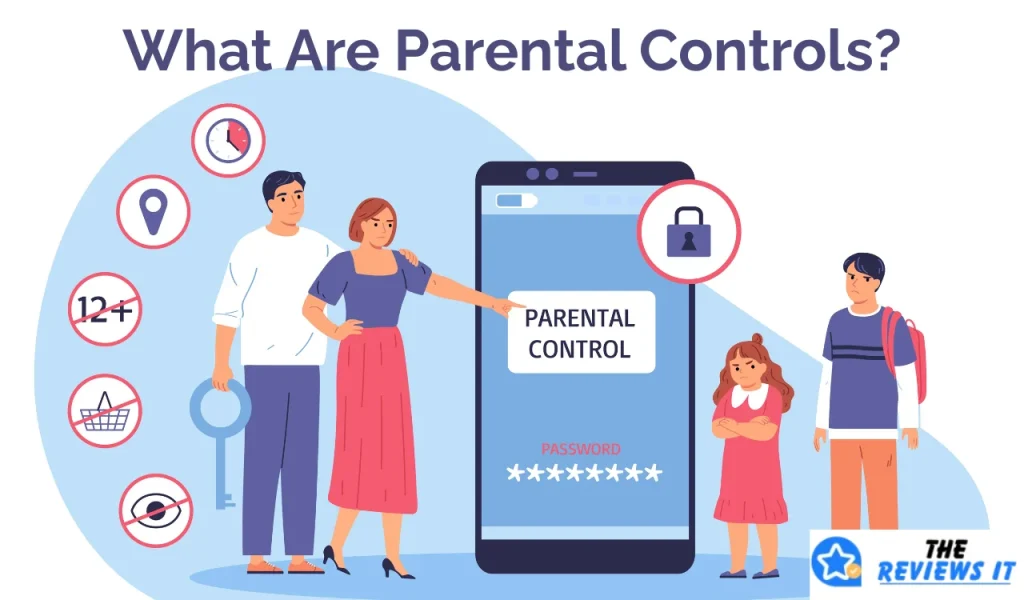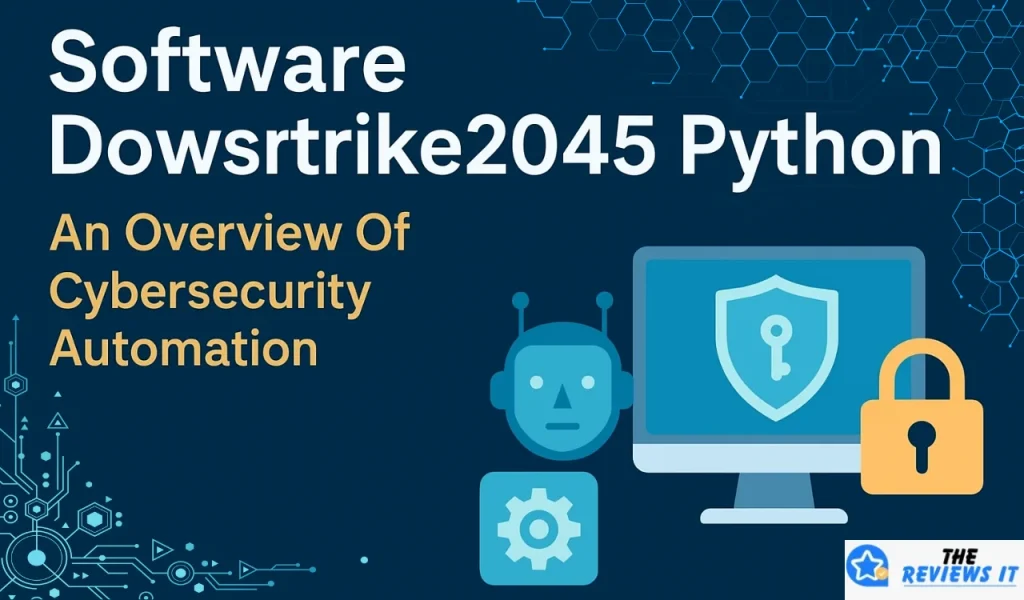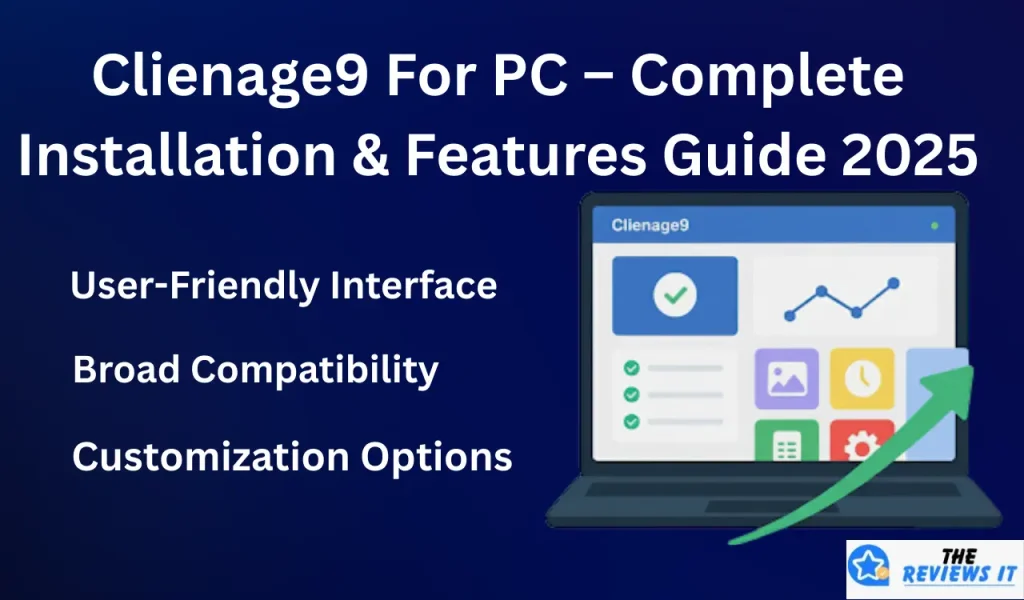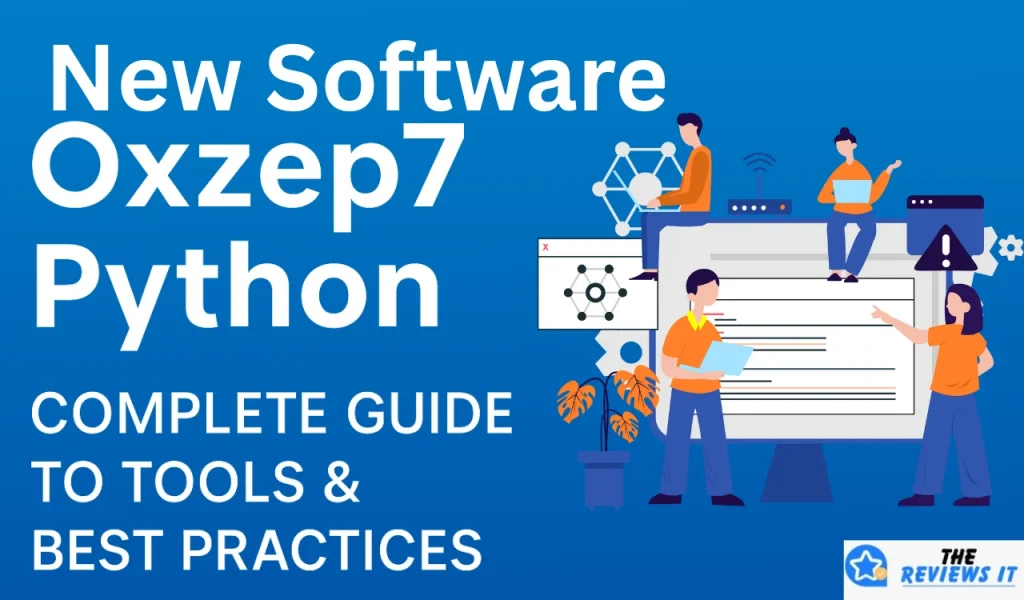As a parent, I know the internet can be a dangerous place. With scammers, hackers, and other grave threats lurking around, every parent would think twice before exposing their children to them. However, with so much exposure and learning opportunities, I also believe that keeping our children away from the internet would also be an injustice in today’s world.
So, how can parents like us, who’re always worried about our children’s safety, benefit from the internet while keeping them safe at the same time? With the help of parental controls, we can ensure our children’s well-being and let them enjoy the benefits of the internet.
In this article, I’ll explain everything you need to know about parental controls. So, read on if you’re just as worried about the well-being of your children as I was before using the parental controls.
What Are Parental Controls?
Parental controls allow parents to restrict their children’s online activities.
These controls empower parents to limit their children’s screen time and monitor their online activities. Additionally, parents can restrict their children’s access to harmful online content. They can also actively monitor their children’s whereabouts in real-time with location tracking.
How Do Parental Controls Work?
As I mentioned above, with parental controls, parents can choose what type of online content their children consume. However, let me explain in detail how parental controls help parents achieve this objective.
- Content Filtering: Parents can choose to filter explicit categories, such as gambling, adult content, and more.
- Limit Screen Time: Parental controls help parents limit their children’s screen time by automatically switching off devices at a specific time.
- Monitor Screen Time: Parents can also monitor what type of content their children consume on the internet.
- Access to Browsing History: Most parental control apps can offer a complete browsing history of their children’s devices.
- Restrict Communication: With parental controls, parents can restrict their children from communicating with strangers on social media platforms.
Types Of Parental Controls
Parental controls can be a software tool or built-in restrictions in apps. The following are some major types of parental controls:
- Built-In Operating System Features
- Apps for Mobile Devices
- Extensions on Web Browsers
- WiFi Routers
How To Set Up Parental Controls?
Firstly, you need to install a parental control tool. If you’re installing an app, make sure to install it on both devices and connect them.
After syncing them, you’ll find multiple options like content filtering, monitoring, limiting screen time, and more on the app.
You can add numerous content genres like gambling, adult, gore, abusive, and other categories. This way, a parental control tool will either completely block or filter such content types on your children’s devices.
Having said that, ensure your device always stays connected to the internet. It’s because without it, you won’t be able to monitor your children’s activities in real-time or access their browsing history.
Personally, all my household devices stay connected to one of the high-speed AT&T WiFi plans. This way, I can easily monitor and analyze what my children are up to on their devices. Also, this way, I’m able to access AT&T’s parental control features, all under one umbrella.
Drawbacks Of Parental Controls
I believe parental controls are a great way to secure your children from online predators. However, as a parent, I feel obliged to explain some downsides of parental controls that I’ve experienced.
- Some parental controls are free, but they may be ineffective in blocking or filtering the restricted content.
- Make sure your children don’t delete the parental controls, especially the apps, from their devices. Because once they’re deleted from their device, you won’t be able to monitor their screen time or access their browsing history.
- Some parental control apps automatically restrict educational or harmless content, which might frustrate your children.
- Parental control apps are not the perfect solution to your children’s online security. Sometimes, these tools can fail to block or limit restricted content, and that’s why you’d need to actively monitor your children’s devices as well.
Best Parental Control Tools
Before I wind up, I’ll explain some of the best parental control tools that I’ve used till now:
- Bark – It is one of the best parental control apps that can actively monitor several devices simultaneously.
- Boomerang – This parental control tool works best on Android devices.
- Mobicip – Besides basic parental controls, Mobicip specifically features activity scheduling on your children’s devices.
- Norton Family – This is arguably the best parental control app for setting online rules on your children’s devices.
Having said that, I believe it’s best if you’re open about parental controls with your children. You should explain why you’re taking such measures, and how they’ll keep them safe.
In my experience, this is the best approach because it helps children understand why you’re taking such steps. And, not to mention that it also creates a trust level where children feel comfortable in openly discussing their online experience.
So, make sure you try some of the apps I mentioned above in order to create a safe, yet productive online environment for your children.









